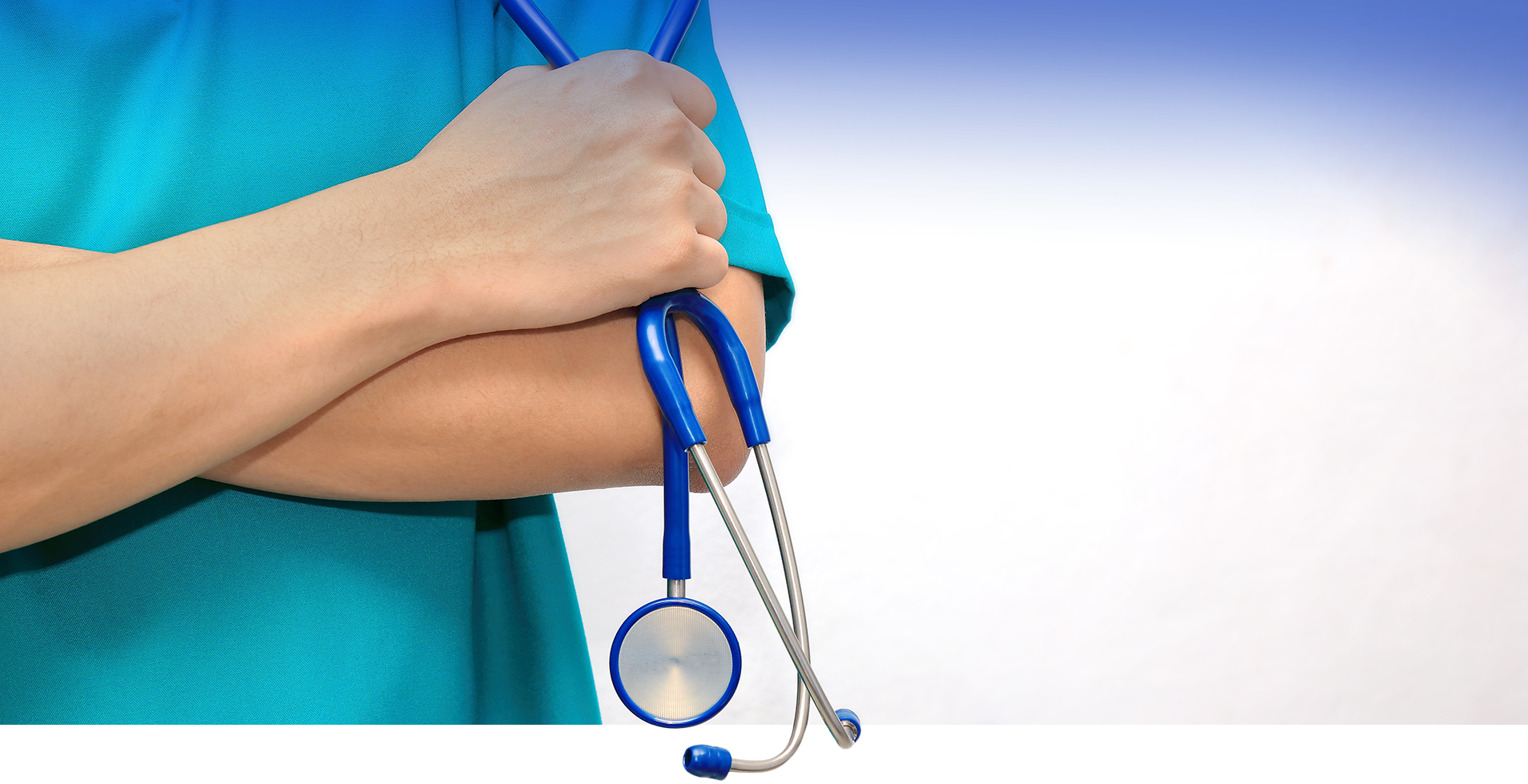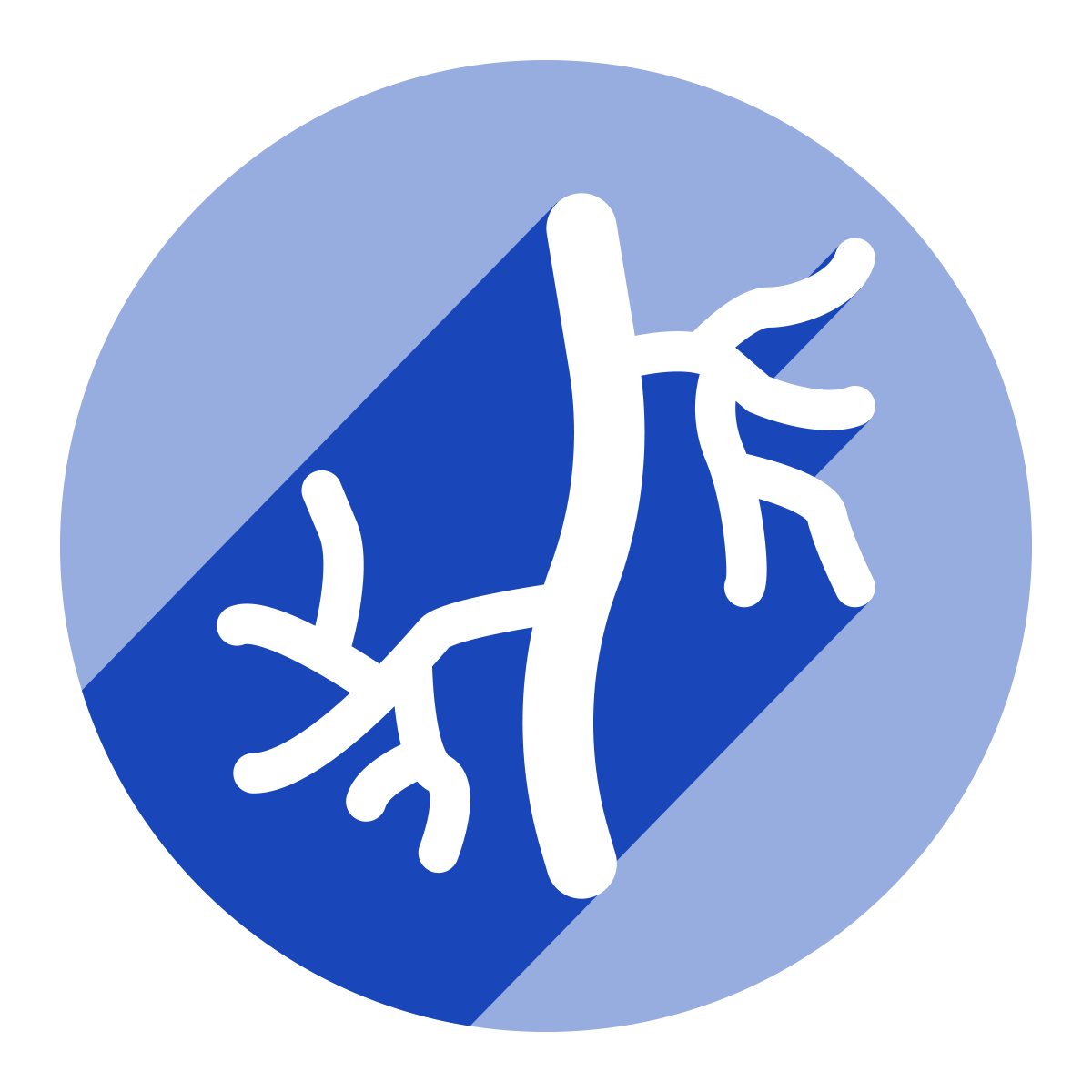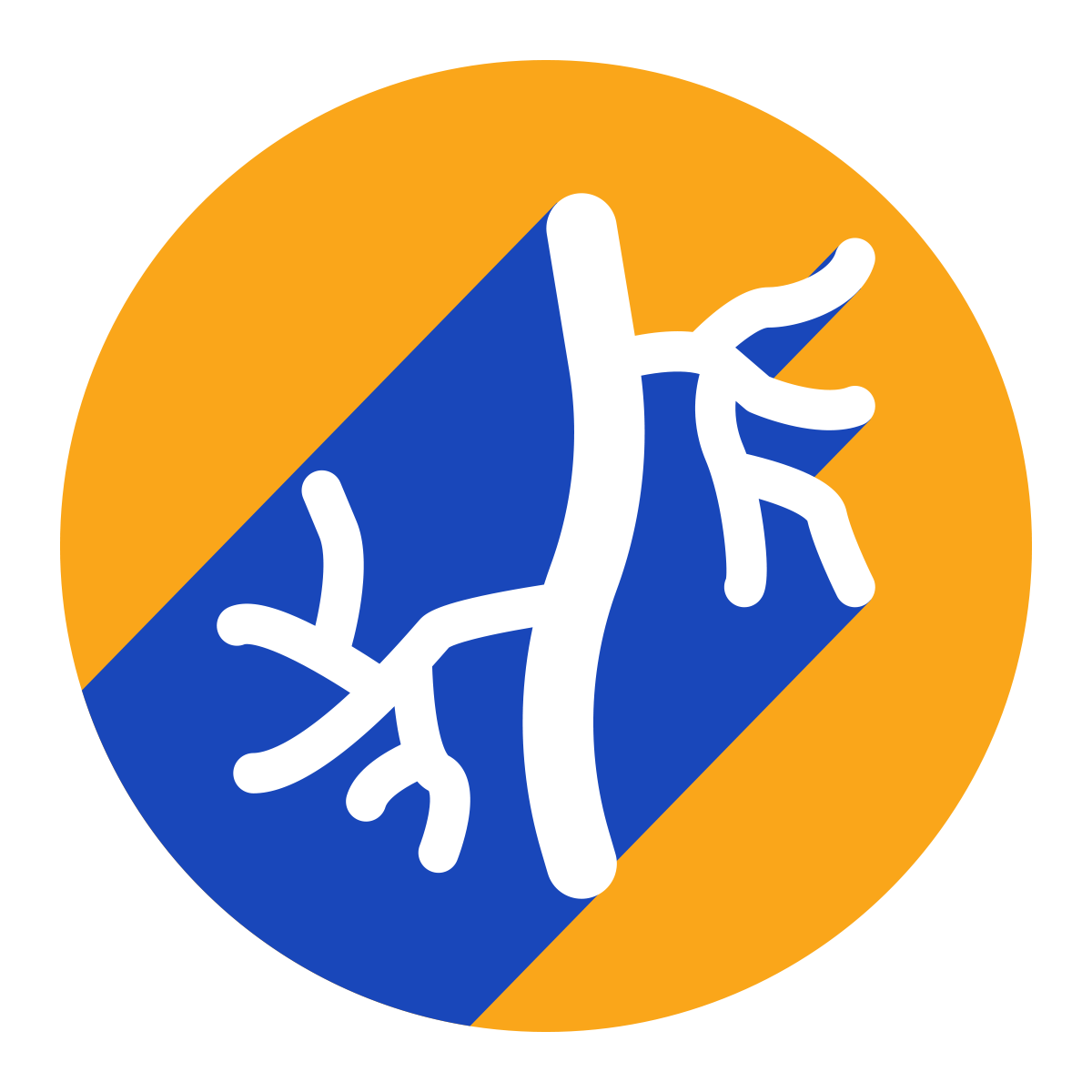Services

Conditions
- Appendicitis – inflammation of the appendix that causes pain in lower right abdomen.
- Bowel Obstruction – intestinal blockage that keeps food or liquid from passing through the small or large intestine. Symptoms include constipation, cramping, loss of appetite, vomiting, swelling of abdomen.
- Crohn’s Disease – inflammatory bowel disease that causes inflammation of the digestive tract, leading to abdominal pain, severe diarrhea, fatigue, weight loss and malnutrition.
- Diverticulitis – when one or more of the pouches along the digestive tract become inflamed or infected.
- Esophageal Cancer – cancer that occurs in the esophagus, beginning in the cells that line the insider wall, and prevents the movement of food you swallow from back of your throat to your stomach to be digested.
- Gallbladder – pear-shaped organ positioned beneath the liver in the upper right section of your abdomen. It stores bile, a combination of fluids, fat and cholesterol
- Gallstones – hardened deposits of digestive fluid that forms in the gallbladder and cause pain to upper right portion of abdomen.
- Hemorrhoids and Fissures – swollen veins in the lower rectum and anus
- Hernia – occurs when an organ pushes through an opening in the muscle or tissue that holds it in place.
- Irritable Bowel Syndrome (IBS) – otherwise known as spastic colon, IBS is a group of intestinal symptoms that occur together and vary in severity with both constipation and diarrhea, bloating and gas that typically goes away after bowel movement.
- Pancreatitis – inflammation of the pancreas that starts when digestive enzymes start digesting the pancreas itself. It may acute, starting suddenly and last for days or chronic, occurring over many years with long-lasting inflammation.
- Skin and Soft Tissue Lesions / Tumors (Benign and Malignant) – these lesions or tumors are sometimes DNA mutations acquired during life activity rather than inherited before birth. They occur at almost any site, both within and between muscles, ligaments, nerves and blood vessels.
- Thyroid and Parathyroid Glands – thyroid gland uses iodine from food to make two thyroid hormones that regulate the way the body uses energy, while the parathyroid glands are four tiny glands located behind the thyroid and control the amount of calcium in the blood.
- Ulcers and Tumors – gastric ulcers mainly caused by the helicobacter pylori bacteria presence. The infection is linked to carcinoma and is an open sore where bacteria can easily infect.
- Breast – Benign and Malignant – tumors can be benign, not dangerous to health, or malignant, uncontrollable abnormal growth of cancerous cells.
Treatments
- Appendicitis – treatment can include surgery to remove the appendix, needle drainage or surgery to drain an abscess, antibiotics, IV fluids and liquid diet. Surgery is typically by laparoscopy and is minimally invasive.
- Bowel Obstruction – hospital treatment is required so the physician can give you medicine, and fluids intravenously and also run a nasogastric tube to relieve fluids and gas. If surgery is required, it is performed laparoscopically with smaller incisions to locate the area of the intestine that is blocked and unblock it. Any damaged areas of the bowel are repaired or removed with bowel resection.
- Crohn’s Disease – treatment can include use of medication, alterations in diet and nutrition, and sometimes surgical procedures to repair or remove affected portions of your GI tract.
- Cholecystectomy – surgical removal of the gallbladder.
- Diverticulitis – treatment can typically be managed at home with dietary changes for high-fiber foods, clear liquid diet, medications for discomfort and in extreme cases surgery to drain abscess of pus, repair fistula or remove infected segments of the colon.
- Esophageal Cancer – treatment can include surgery to remove all or part of the esophagus, radiation therapy, chemotherapy, targeted therapy, immunotherapy, electrocoagulation, cryotherapy and more depending on the advice of your physician.
- Gallbladder Surgery – cholecystectomy is the surgical removal of the gallbladder and is typically performed laparoscopically.
- Hemorrhoids and Fissures – treatment includes medications to manage discomfort, high-fiber foods, soaking regularly in warm sitz bath and in extreme cases surgery, including rubber band ligation, sclerotherapy or coagulation – all minimally-invasive procedures. Only a small percentage of people require hemorrhoidectomy surgery to remove excessive tissue that causes bleeding.
- Hernia Repair – surgical repair is either open surgical repair to close the hernia using sutures, mesh, or both; or minimally-invasive laparoscopic repair which is used for repeat operations to avoid previous scars and cause less complications of infection. An inguinal ventral hernia is visibly identified by a bulge in the belly area and are most common at the site of the navel or groin, or at the site of previous abdominal procedures.
- IBS – treatment typically includes medications to improve symptoms, but also diet alterations.
- Pancreatitis – treatment includes antibiotics, IV fluids, low-fat diet or fasting, and pain medications to manage symptoms. If chronic, surgery or procedures may be necessary to relieve pain, help with drainage, or treat blockages.
- Skin and Soft Tissue Lesions / Tumors – most benign soft tissue tumors can be treated with a single clean surgical procedure and minimal risk to surrounding normal blood vessels, nerves, muscle or bone, providing the greatest possible functional recovery. If malignant or what is called sarcomas, there is concern for spreading beyond the site where initially developed; surgery involves removing the cancer and some healthy tissue surrounding it. Sometimes surgery is followed by radiation and chemotherapy when necessary.
- Ulcers and Tumors – treatment is required immediately to kill bacteria. Antibiotics can be prescribed along with other drugs to heal the sores in the lining of the stomach, cutting the risk of cancer. In severe cases, if it causes stomach cancer, a gastrectomy surgery is required to remove the stomach.
- Thyroid and Parathyroid Surgery – surgery performed under general anesthesia through incision in the low anterior neck to remove glands. Real-time nerve integrity monitoring happens during these operations to help reduce the risk of damaging nearby nerves.
- Endoscopy – diagnostic procedure that allows the physician to look inside the body using a flexible tube with small camera and light. Physicians are able to take fluid or tissue samples for laboratory testing. An endoscopy is typically used with gastrointestinal examinations (gastroscopy) (colonoscopy).
- Colonoscopy – diagnostic procedure used to detect changes or abnormalities in the large intestine and rectum. A tiny video camera at the tip of the tube allows the physician to view the inside of the organ.
- Breast – Benign and Malignant – physician will perform a biopsy procedure to diagnose and consider proper treatment.
Conditions
- Aortic and Peripheral Aneurysms – an enlargement or weakened area of the artery, more common in the aorta, but can occur in any artery. Peripheral aneurysm is typically in the leg or neck.
- Carotid Artery Disease – occurs when fatty deposits clog the blood vessels that deliver blood to your brain, increasing risk of stroke.
- Peripheral Arterial Disease – common circulatory problem in which narrowed arteries reduce blood flow to the limbs, typically the legs, and they don’t receive enough blood flow to keep up with demand.
- Venous Disease – this disease occurs when the leg veins do not allow blood to flow back up to the heart and blood flows backwards, causing it to pool in the legs.
- Spider and Reticular Veins – superficial leg veins that are small and appear just below the skin’s surface. They are red, blue or purple and commonly on thighs, calves and ankles.
- Varicose Veins and Venous Stasis Ulcers – varicose veins are swollen, twisted veins just beneath the skin caused by week or damaged vein walls and valves. Venous Stasis Ulcers are the result of malfunctioning venous valves causing pressure in the veins to increase.
Treatments
- Aortic and Peripheral Aneurysms – open surgical repair to remove the aneurysm and replace it with a graft. This condition may also require an endovascular repair, which is a minimally invasive technique that uses catheters and guidewires to place a stent graft inside the blood vessel.
- Carotid Artery Disease – surgery is performed to restore proper blood flow to the brain and includes either angioplasty with stent placement or endarterectomy surgery.
- Peripheral Arterial Disease – there is no cure for this disease, but medications can treat the symptoms and provide anticlotting agents, cholesterol-lowering and high blood pressure drugs.
- Venous Disease – treatment typically includes prescription compression stockings that apply pressure at the ankle and lower leg, helping to improve blood flow and reducing swelling. Surgery is sometimes required if the condition of the veins doesn’t improve.
- Sclerotherapy for Spider and Reticular Veins – injection therapy of a chemical irritant to make the vein swell, and forcing blood to reroute through healthier veins.
- Endouvenous Laser Ablation and Phlebectomy – minimally invasive procedures to remove large surface veins through tiny incisions that do not require stitches.
- AV Fistulas for Dialysis Access – AV fistula connects the patient to a dialysis machine. Two needles are inserted into the fistula, one removing the blood for filter and the second needle allowing the blood to safely return to the body.





